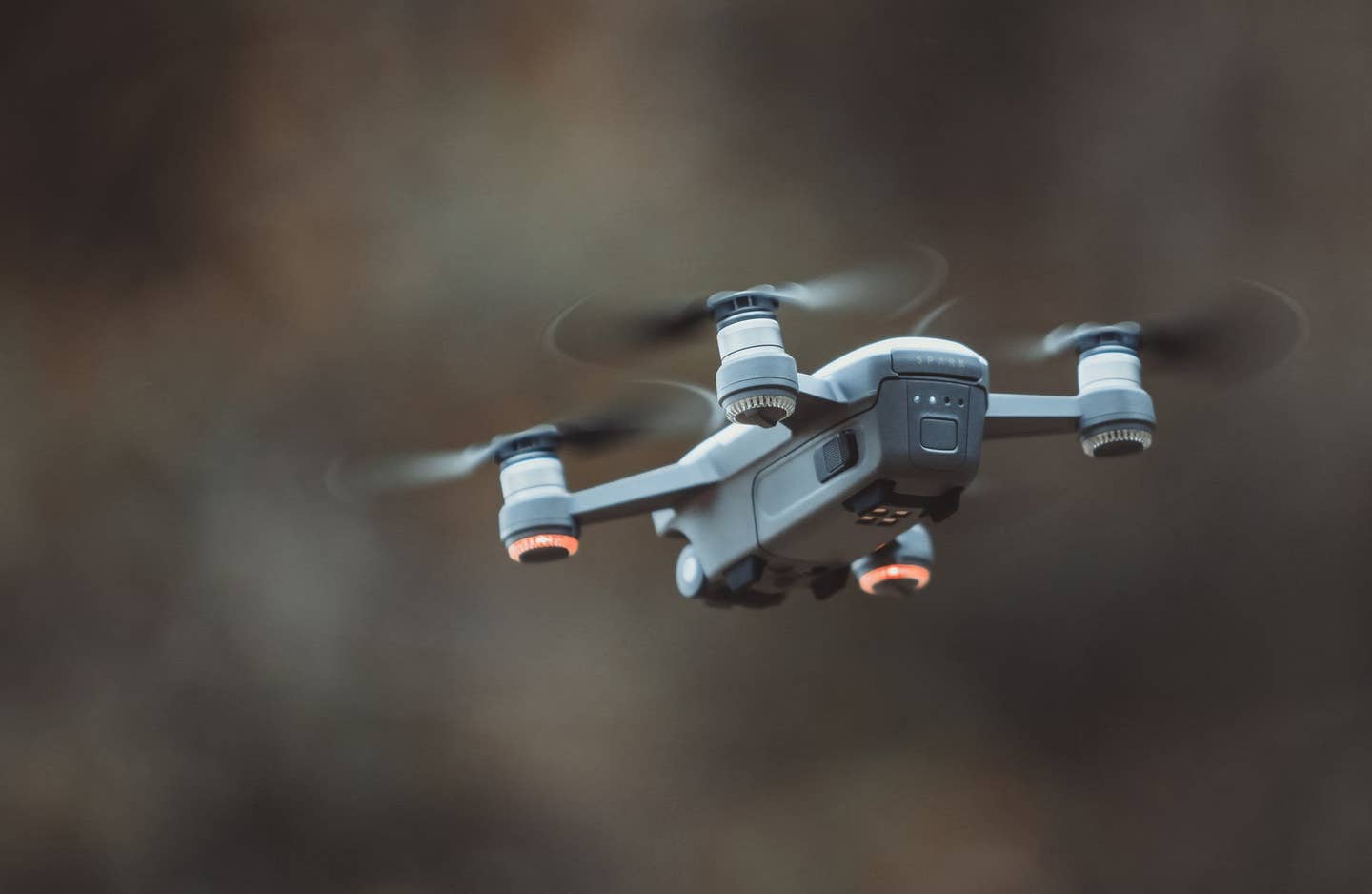FAA Implements New Recreational Drone Restrictions
The FAA published a notice in the Federal Register on Friday stating that it is implementing several changes for recreational drone fliers that were mandated by Congress in the FAA Reauthorization Act of 2018. The notice sets out eight statutory conditions recreational drone users must meet, including requiring recreational drone users to obtain prior authorization from the FAA before flying in controlled airspace around airports.

The FAA published a notice in the Federal Register on Friday stating that it is implementing several changes for recreational drone fliers that were mandated by Congress in the FAA Reauthorization Act of 2018. The notice (PDF) sets out eight statutory conditions recreational drone users must meet, including requiring recreational drone users to obtain prior authorization from the FAA before flying in controlled airspace around airports. This requirement replaces the previous condition that drone users notify the airport operator and the air traffic control tower before to flying within five miles of an airport.
The FAA has said it is currently only granting temporary airspace authorizations for certain "fixed sites" in controlled airspace, a list of which it will maintain online. In the future, the administration intends to provide authorizations for recreational drone flights in controlled airspace near airports through its Low Altitude Authorization and Notification Capability (LAANC) system. LAANC is only available to Part 107 drone pilots at present.
Another condition will require recreational drone pilots to pass an aeronautical knowledge and safety test. The test has not yet been developed. According to the FAA, it "is currently developing a training module and test in coordination with the drone community" designed to "ensure that recreational flyers have the basic aeronautical knowledge needed to fly safely." The test will be separate from that required for drone pilots operating under Part 107.
A third condition requires that "the aircraft is operated in accordance with or within the programming of a community-based organization's set of safety guidelines that are developed in coordination with the FAA." The FAA says it is working on creating criteria and a process for recognizing such "community-based aeromodelling organizations" (CBOs) so that it can work with them to establish those safety guidelines. In the interim, exceptions have been laid out for "operations conducted in accordance with existing safety guidelines of an aeromodelling organization" and using "existing basic safety guidelines" on the FAA website. The administration cautioned recreational drone users that they will need to be able to explain to an FAA inspector or law enforcement official which safety guidelines they are following if asked.
Other conditions include already familiar requirements such as flying strictly for recreational purposes, remaining at or below 400 feet AGL, flying only within visual line-of-sight, not interfering with other aircraft, and registering and marking the drone. Recreational drone users will also be required to comply with FAA airspace restrictions and prohibitions.






